"There was a lot of time to advance with the archaeological research", but now the new dredging planned for the Arade may become another "lost opportunity" or even give the "final axe" to the rich underwater archaeological heritage that exists in this estuary. Algarve river.
This is the opinion of several specialists in heritage and underwater archeology with whom the Sul Informação spoke, within the scope of the Environmental Impact Assessment process of the works for the Deepening and Widening of the Navigation Channel of the Port of Portimão, whose phase of Public discussion lasted only 10 days and ends precisely this Tuesday, August 11th.
Cristóvão Fonseca, researcher at the Humanities Center (CHAM – FCSH/NOVA|UAç), inter-university research unit of the Faculty of Social and Human Sciences of the Universidade Nova de Lisboa and the University of the Azores, and an expert on the underwater heritage of Arade, in statements to our newspaper, underlines that the estuary of that river “is one of the most important national spaces for nautical and underwater archeology”. This has always been «one of the main ports in the Portuguese space over the centuries, from the Iron Age to the present day, highlighting its essential function in the articulation of navigation between the Mediterranean and the Atlantic».
As early as 2018, CHAM had alerted several entities – Administration of the Ports of Sines and Algarve (APS), which promotes the work, as well as the Municipal Council and the Museum of Portimão – for the need for prospecting and archaeological excavations in Arade, "with time", due to the "very significant and certain negative patrimonial impact on the implementation of this port work", which it was important to "take care with due anticipation".
But, stresses Cristóvão Fonseca, "in the meantime nothing was done". And now the researchers are faced with the Environmental Impact Assessment phase of a work that is already in the «execution project» and which, as I told the Sul Informação a source linked to the process, “should be launched before October of next year”, that is, shortly before the 2021 Municipal Elections.
Furthermore, as referred to in Non-Technical Summary of the Environmental Impact Study, it is even foreseen that, in some areas, the dredging and consolidation works may advance in tandem with the archaeological intervention required by law. This is the case of the enlargement of the rotation basin from 350 to 500 meters, next to the important archaeological site designated as Arade B.
The underwater archaeologist Cristóvão Fonseca, who, with José Bettencourt, are responsible for the research project called “A millenary port complex in the Barlavento Algarvio: the archeology of the Arade river estuary”, which lasts until 2022, emphasizes that “to date, there is no comparable antecedent” with the impact of these works on underwater heritage, “except for the first large dredging of 1970”, which destroyed so much important heritage.
Therefore, he warns, if the new dredging is not carried out with due care, this “will irreversibly jeopardize this valuable heritage, jeopardizing the continuity of the research being carried out, or any other that is intended to be carried out in the future".
In addition, he argues, it is necessary to evaluate and define the equipment that will be used in the dredging, to avoid the sad repetition of past mistakes, with the archaeological remains being slaughtered by the dredger and spit out in a thousand pieces into a pile of debris on the bank. From Rio. "In the most sensitive areas from a heritage point of view, where there is a greater probability of occurrences, dredging must be spatially delimited and the equipment to be used must allow the detection of archaeological remains during the collection of dredged materials".
It will be the difference between using “a suction dredger or a bucket dredger” in the most sensitive areas. But this second method is more expensive and more time-consuming.
The deadlines for archaeologists are not the same as for politicians. And Cristóvão Fonseca fears that the rush to launch and advance the work could cause irreversible damage to the rich underwater heritage of the Arade River, of which, after decades of research, only a small part is known.
«We don't have much time. But if the will is there, usually political, budgetary and resource mobilization will, a good job can be done using properly trained teams». Only the excavations in two well-known ships, identified as Geo5 and Arade23, «will take several months of work», even though «one team is dedicated to each one of them».
«This is a work in a very large area, with a very considerable volume of dredging». Therefore, sums up Cristóvão Fonseca, “there are several levels of concern, starting with the sites we already know and that will be directly and irreversibly affected. Apart from the ones we don't know. There is always a dimension here that we cannot predict. But, because of our haste, we cannot allow heritage to be destroyed once more. Everything has to be properly investigated and registered».
What is certain is that the entities linked to Heritage that spoke out in this phase of public discussion do not want to «return to having “mysterious boats”, because they disappeared with the dredging and were destroyed, as happened in the 70s”.
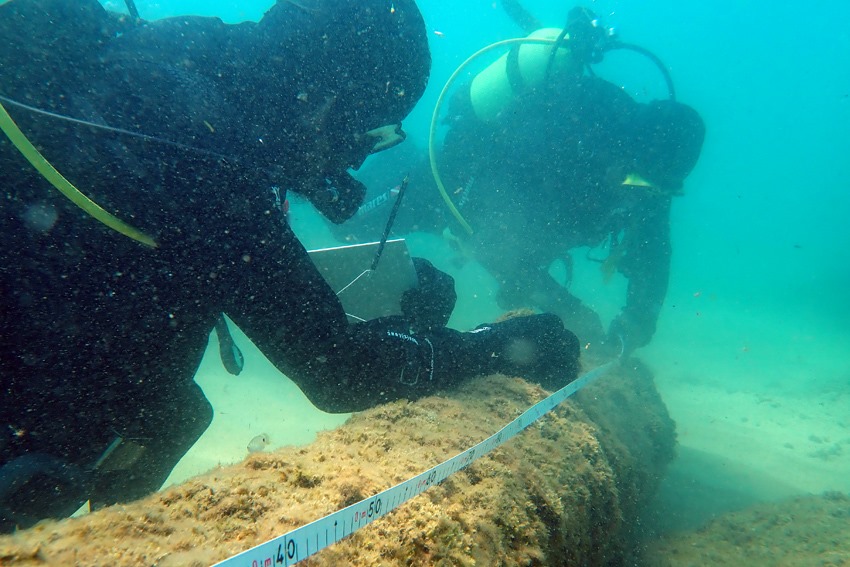
Meanwhile, the National Center for Nautical and Underwater Archeology (CNANS), supervised by the Directorate-General for Cultural Heritage, has recently made some dives to archaeological sites (shipwrecks, anchors, isolated finds, among others) that «were relocated and identified within the scope of archaeological works of this project».
The result of these dives, which had the collaboration of APS – Administration of the Ports of Sines and Algarve, OpenWaters and APA – Portuguese Environment Agency, was presented later. during the visit that the Environmental Impact Study Assessment Committee for the Deepening and Widening of the Navigation Channel of the Port of Portimão made to the site, in the first days of August.
Cristóvão Fonseca, who does not want archeology to be seen as an obstacle to economic development, points out that the intervention that envisages dredging 4,63 million cubic meters of sand and other sediments at the mouth of the Arade River, «may even be an opportunity to discover the underwater heritage, to enhance it and even to create wealth, increasing the offer of quality cultural and archaeological tourism».
A part of the heritage, namely the cannons, whose conservation outside the water is always very difficult and expensive, can remain at the bottom of the river, in an area that will not be affected by dredging and the future passage of ships. «An underwater tour circuit can be created, such as exists at Ocean Revival, here in Portimão. In Horta [Faial Island, Azores], we did this, we left ,, underwater, cannons and anchors. If all of this is integrated into a diving circuit, it is an interesting heritage-tourism offer».
However, this is only part of the problem. Because it is necessary to define, in advance, what to do to save and conserve all the heritage taken from the riverbed.
The Environmental Impact Study, which today ends its short ten-day period of public discussion, points out two areas of greater archaeological sensitivity, one of them, with 12 hectares, located in front of Praia Grande de Ferragudo and where important remains are already known. From the bottom of the river, double the volume of dredging from the 80s will be removed.
Analyzing the map in the EIA, it appears that 28 heritage occurrences are identified, six of them shipwrecks already documented, which have to be excavated before the dredgers can move forward. And there are still things that are not known and that the deep mobilization of the river bed can uncover.
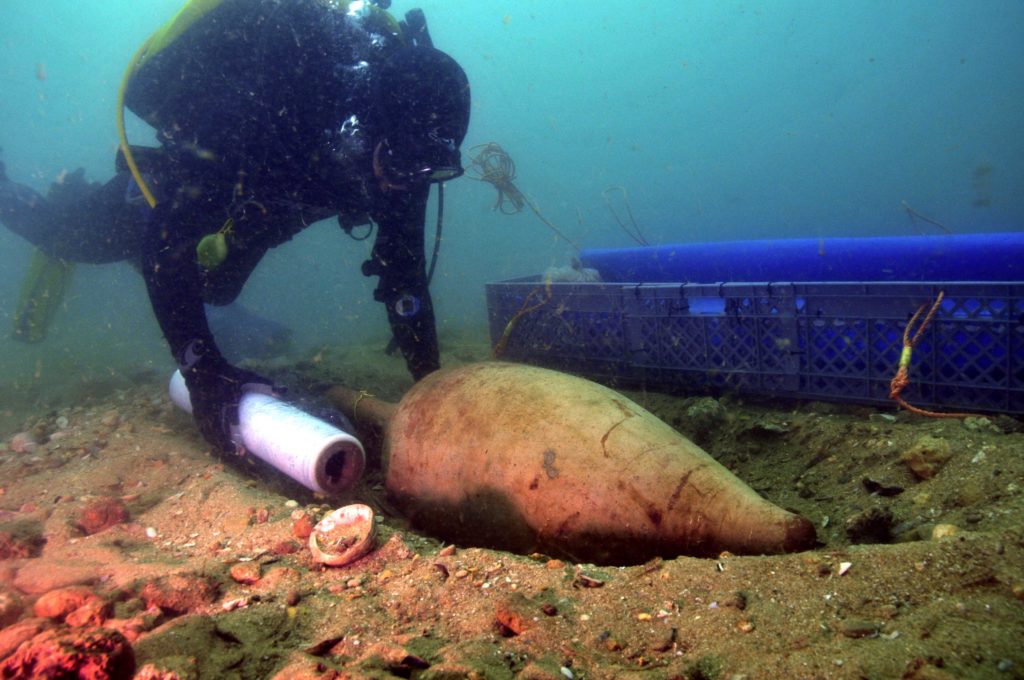
Source linked to heritage told the Sul Informação that “this is an opportunity like we never had in underwater archeology. There are many boats that will be removed from there, but there is little time to do so, which creates additional problems and may require more investment, to hire more specialized teams». And who will pay for all this? «It will have to be the owner of the work, the APS».
But, even if the archaeological excavations and the registration of the entire heritage can be carried out with conditions and time, the problem of where to store the remains will always remain. saved from the clutches of the dredges.
«The Museum of Portimão has the best installations in the country for underwater installation, not least because it has its own pier and is located by the river. But it does not have enough facilities or staff to handle this huge volume of work. It doesn't even have to be”, admits Cristóvão Fonseca. Hence, this has always been a concern of CHAM investigators, who, in due time, in a letter sent to the various entities in 2018, drew attention to the problem.
A source linked to Heritage stresses that, since the Museum of Portimão does not have «conditions or capacity to store, treat and conserve» the assets to be removed from the waters of the Arade, namely the fragile wood from boats that may even be thousands of years old, «there must be a joint strategy between the entities, always involving, as the main financing agent, the Administration of Ports». Portimão and Lagoa Councils, Portimão Museum are also entities that should be involved in the process.
Isilda Gomes, president of the Portimão City Council and has always been a great supporter of the project to widen the maneuvering basins and the port's channel, stresses that the dredging is “structuring for Portimão and for its port, which is the only one in the South of Portugal to be able to receive cruise ships”.
As for heritage issues, the mayor says that «the archaeological finds must be preserved, whether here or in Lisbon». "These are issues that we have to talk to the Minister of Culture, because this heritage is not only of Portimão, it has a national dimension."
Isilda Gomes even admits that a new museological structure can be thought of to house and preserve the assets that will be removed from the Arade. «If it is in fact necessary to have other installations, because our Museum does not have space, then we will have to define, among all, how we are going to find the means to be able to implement this new structure».
Luís Encarnação, Mayor of Lagoa, emphasizes that the municipality has “a museographic project under development, to enhance and enhance the long history and relationship that our municipality has with the river”.
The Lagoon mayor stresses that «investment in the cruise port is important, for these two neighboring municipalities and for the whole of the Algarve», but the interests of Lagoa must be taken care of, as well as guaranteeing the preservation of the archaeological heritage, «a large part of it even located in an area of the river that belongs to our municipality».
Luís Encarnação even expressed the «complete availability» of the municipality of Lagoa to house a possible future structure that will allow for the storage, treatment, conservation and enhancement of the archaeological remains that will be removed from the river.
«The Administration of the Ports of Sines and Algarve has never contacted us within the scope of this project, despite the fact that, on several occasions, we have expressed our interest in participating, in advance, in the discussion. Therefore, we are now publicly affirming, so that there is no misunderstanding, that we are available to find a solution».
José Gameiro, scientific director of the Portimão Museum and member of the SMUCRI-Section of Museums, Conservation and Restoration and Intangible Heritage, of the National Council of Culture, insists that «the Municipality of Portimão and its Museum have had, as it is recognized in local, national and European terms, a relevant role for over 30 years, in logistical and human support, in the conservation, study, enhancement and museological dissemination of an entire underwater archaeological heritage, originating from its fluvio-maritime environment ».
But, due to its dimension, this new dredging campaign will be «certainly an enormous and structuring challenge, which obliges everyone and obviously, cannot be assumed by a single entity, but shared by the different administrations at national, regional and municipal level. , taking into account adequate spaces, human resources and equipment for the treatment of materials from the sea and a future and desirable cultural, heritage and museological return for the region, for its communities and visitors", he added, in statements to Sul Informação.
Gameiro argues that we are «in the presence of a unique and unmissable opportunity to, possibly in new ways (through an option museum and visitable underwater park), to safeguard, enhance and reinforce once again, a heritage offer of great historical singularity, increasing the thematic variables of the cultural and tourist offer in the Algarve».
Hence, in his opinion, “an articulation of means, wills and responsibilities will be the only solution”.
The public consultation of the «Deepening and widening of the current navigation channel, with a view to receiving cruise ships with a length of up to 334 meters» has already received, by the time this article was published, 50 participations from public entities and individuals. Today is the last day of this short period of public consultation, but the high participation confirms the interest that the projected new dredging of the Arade is arousing.
The problem that arises, as highlighted by a source linked to Heritage, is which calendar will prevail: whether the political calendar, motivated by the 2021 Local Elections, whether the calendar of port works that have to advance at all costs, or whether the calendar for the defense of an underwater heritage, which is known to be extremely rich and unique, in the European context». The ideal will be to reconcile all of this. "Hopefully we won't have dredgers working before next year's elections," concludes the same source.
Help us to do the Sul Informação!
Contribute your donation so that we can continue to make your journal!
Click here to support us (Paypal)
Or use our IBAN PT50 0018 0003 38929600020 44
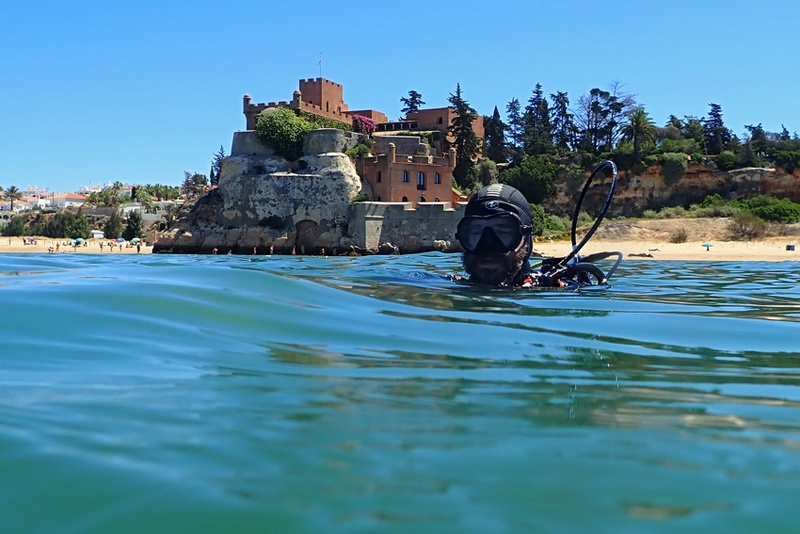

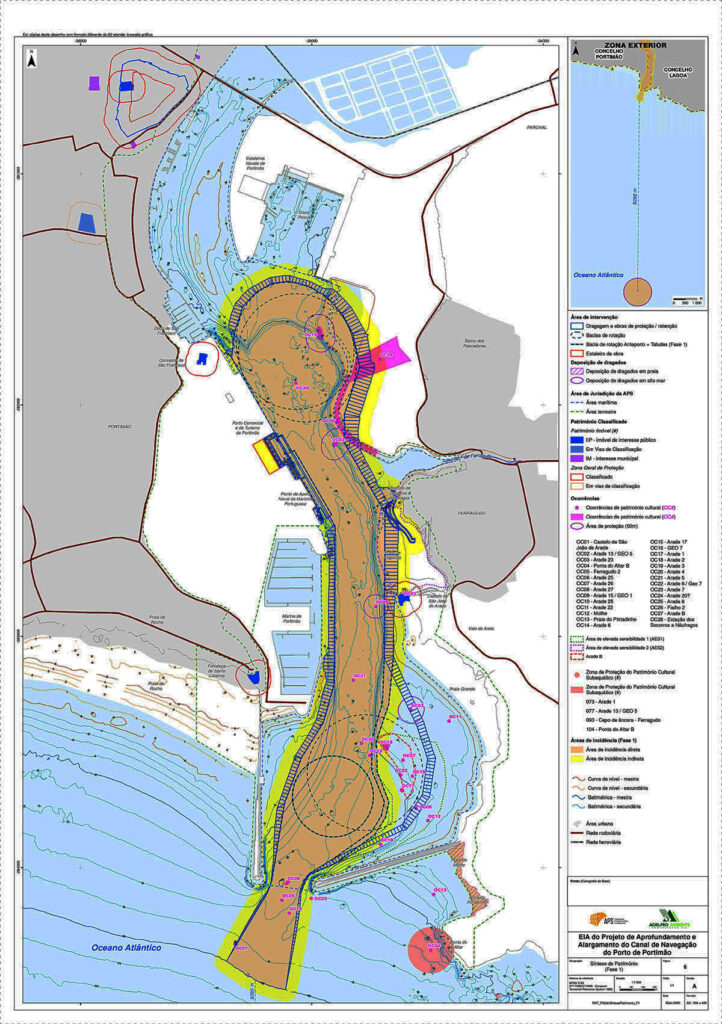
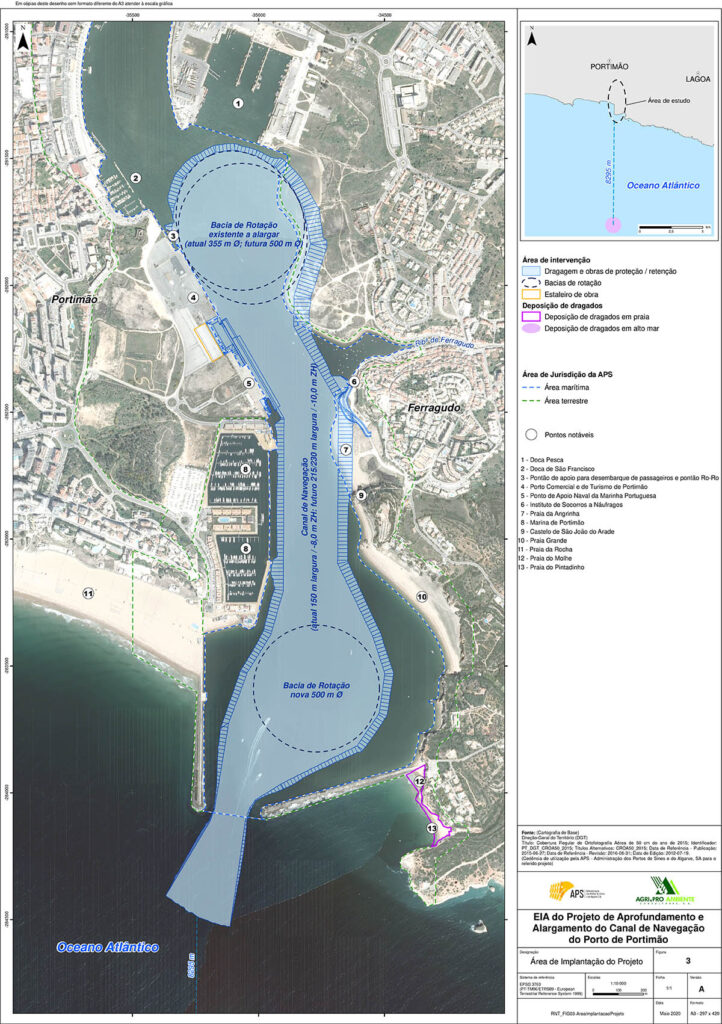
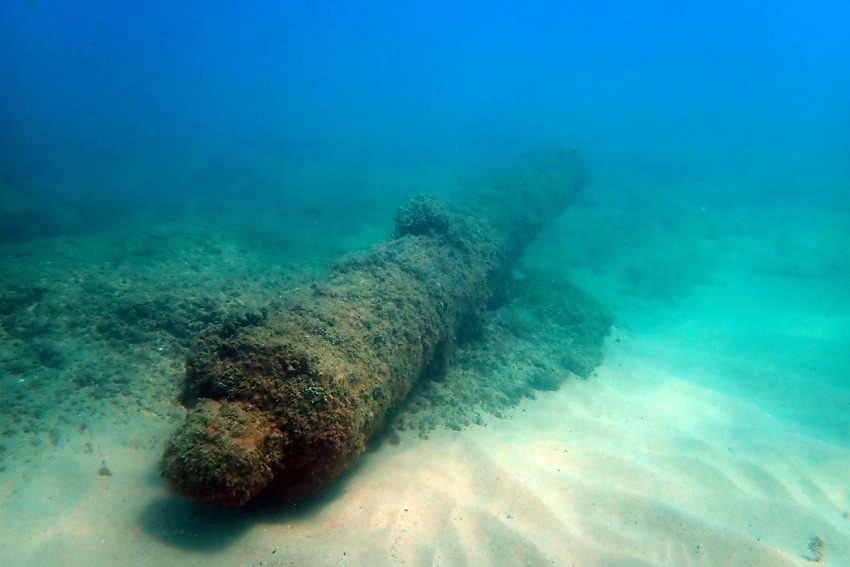
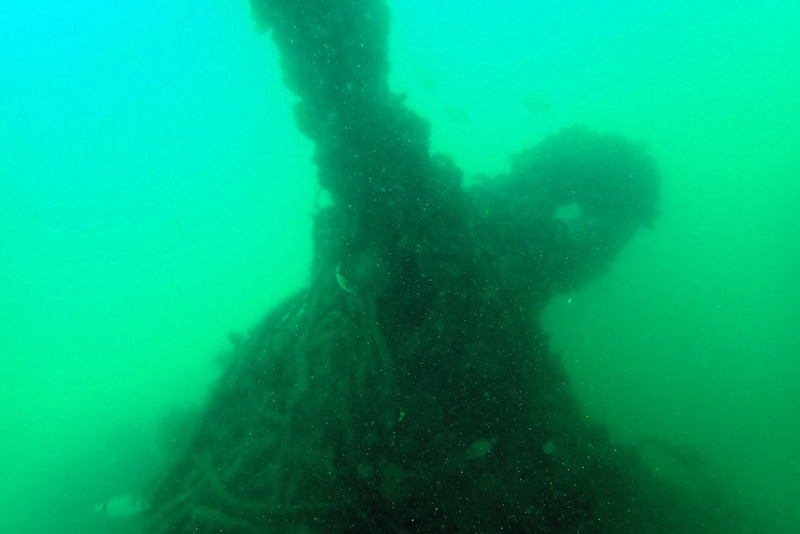
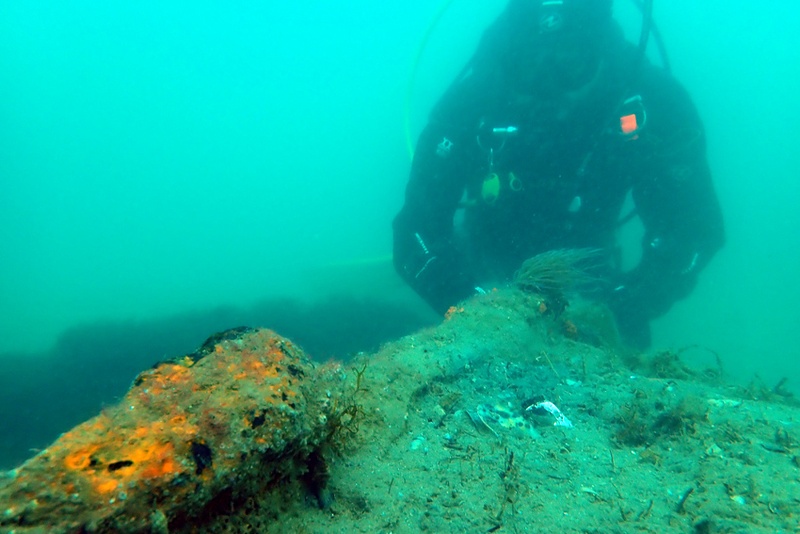
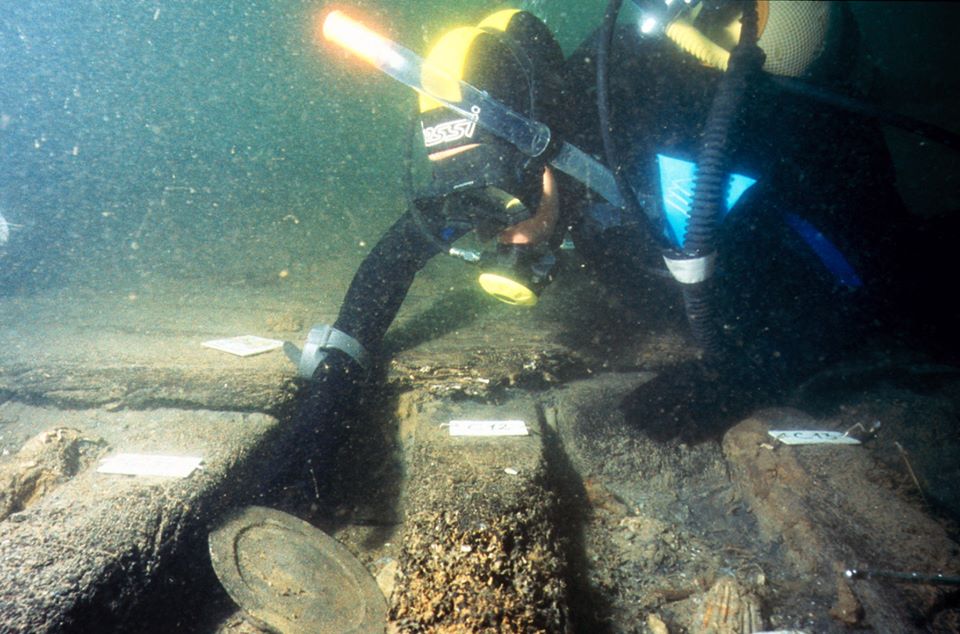
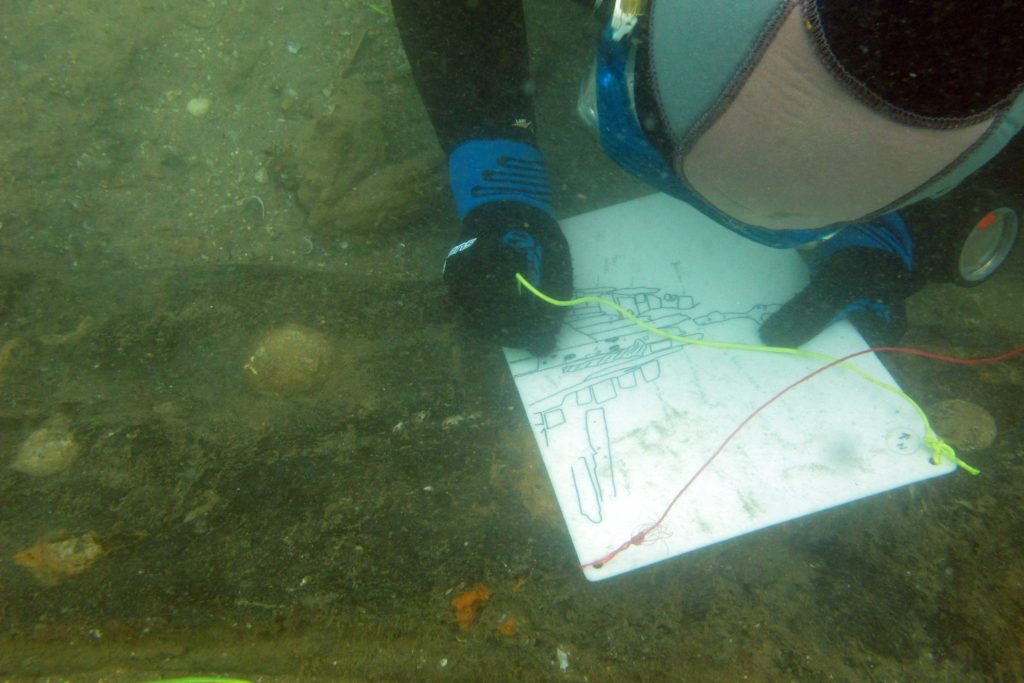
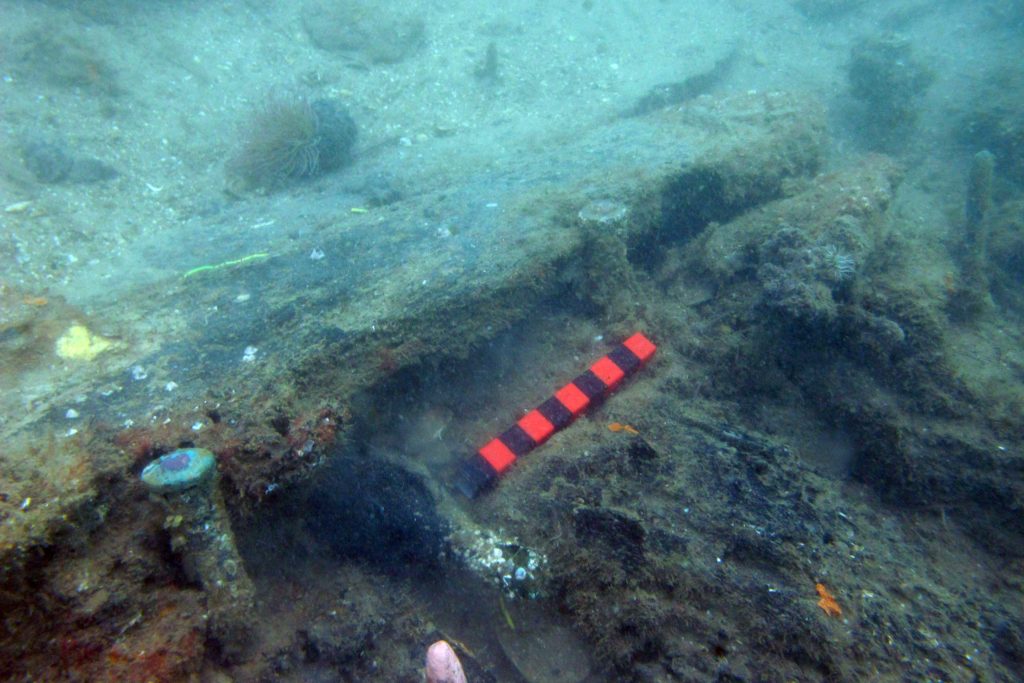
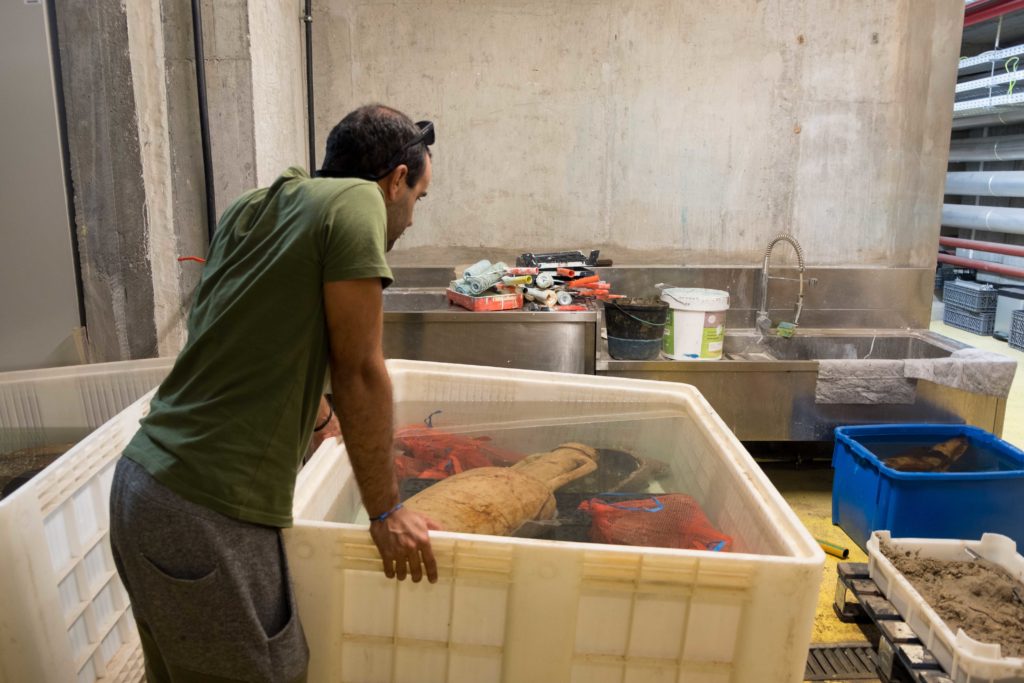
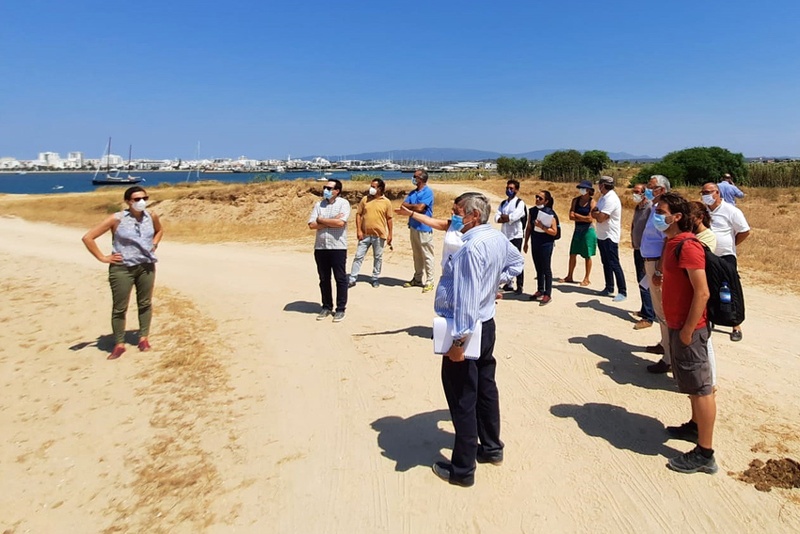
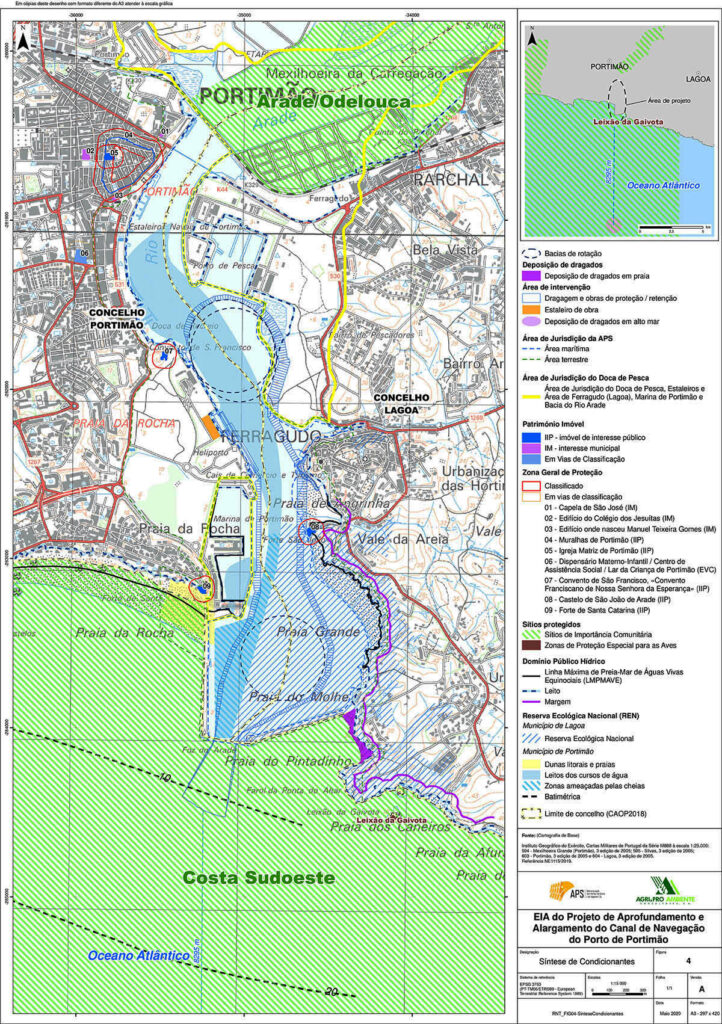


















Comments